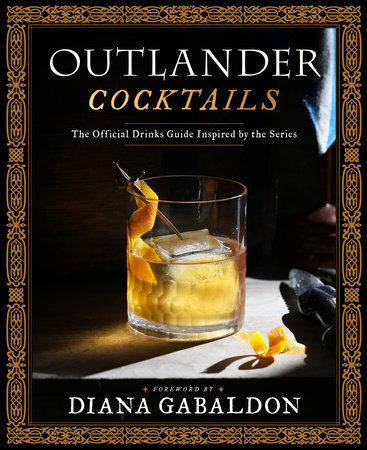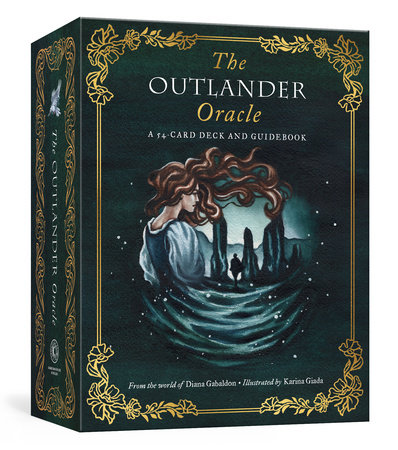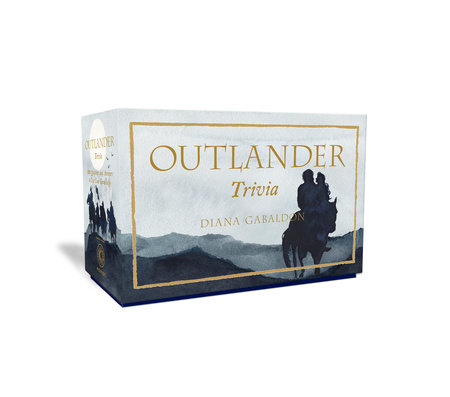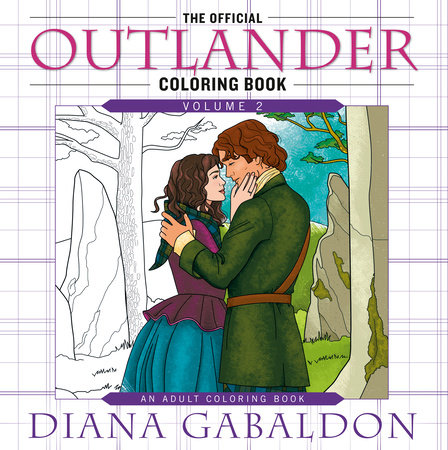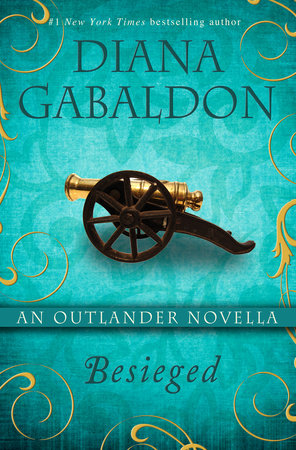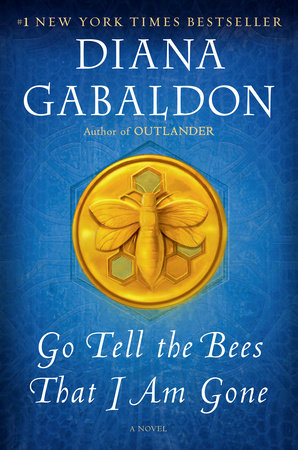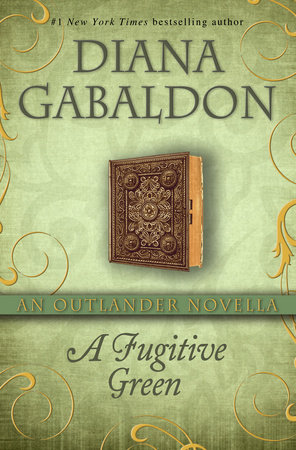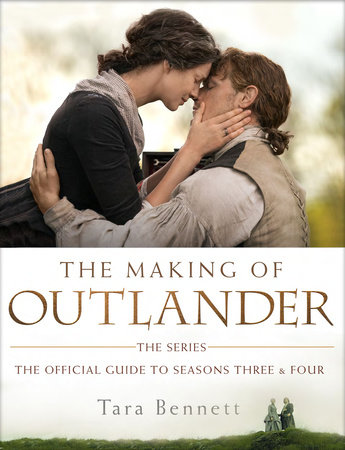Excerpt
Outlander Cocktails
Introduction
Welcome to
Outlander Cocktails!
Diana Gabaldon’s series of books, and the TV series based on them, have won over millions of fans who have developed a thirst for her particular blend of historical time travel, romance, war, intrigue, family loyalty, passion, and a bit of magic. This book aims at satisfying that thirst, at least in liquid form, by presenting a cornucopia of drink recipes and food accompaniments that touch upon these themes. As such, they are centered on but not exclusively bound to the geographic locations and historical periods encompassed by Outlander.
What were they drinking back in mid-eighteenth-century Scotland? Or on the Caribbean Islands? Or in the Carolina colonies a few decades later? “Whisky!” comes the immediate reply. And rum, wine, ale, and cider, and that’s about it. The trouble with sticking to absolutely authentic period recipes is that none of those categories of liquid tasted the same as those made today, and the range of available ingredients to mix with was far more limited. If all the recipes here were based solely on historical ingredients and recipes, this would be a much shorter book. Even the Europe and the United States of the 1960s and 1970s, though wonderfully evoked in the books and shows with a heaping helping of nostalgia, were not a rich period of cocktail creations—modern bartenders often refer to this time as a Dark Ages of drinking, when vodka eclipsed aged spirits, and convenient industrial products like sour mix replaced fresh juices. By comparison, the present day is a veritable cocktail renaissance of classic recipes and bold new experimentation. Freshly sourced and high-quality mixing ingredients are more widely available than ever; the distillery industry is booming worldwide; and the craft movement has produced, and continues to produce, a fantastic range of artisanal spirits, wines, beers, ciders, and other mixological delights.
Tastes have changed since the eighteenth century, and we should generally be thankful for that! We no longer have a taste for meat that’s been hung up until it’s far beyond “well-aged,” we are much less likely to boil all our vegetables to death, and that “braw dram” back then would not necessarily appeal to modern palates. One theme of
Outlander that actually has come back into vogue is herbal medicine, and while modern medicine has debunked the idea of alcohol as “good for ye,” many of the recipes do rely on herbal ingredients, and there are low- and no-alcohol offerings as well.
But perhaps the best reason for moving beyond history is the source itself. One of the most abiding impressions
Outlander gives us is the sheer joy of life and the willingness to partake of its pleasures—to grow and change, even amid the violence and sorrows that Claire, Jamie, Bree, Roger, and all the other characters endure. If they were to step into our homes today, they would surely delight in the full range of drinks now available. And so should we.
All this explanation may be enough to make you reach for the whisky bottle already and be done with it. But this book is intended to do more than simply meet the demand for a drink. It aims to engage those completely new to mixing cocktails as well as seasoned home bartenders. As such, the recipes here are written to encourage you to go beyond what’s familiar, to experiment with new flavors, to develop your own palates, to embrace your passion all in the spirit (so to speak!) of
Outlander. So, a few ground rules before we begin may be helpful.
1. Taste Widely. Whether you are already familiar with different styles and expressions of spirits, be willing to try lots of drinks and ingredients. Try what’s new, what’s local, even what you don’t think you’ll like. The worst that can happen is that you’ll confirm something you don’t like, but just as easily you may find a new favorite or even discover that something you swore was absolutely not your thing is actually . . . pretty damn tasty. Along the way you’ll realize that taste is subjective: we don’t always taste even the same thing the same way because our mood, the environment, or the circumstances are different. You’ll start to build your own narrative of tastes.
2. Trust Your Own Taste. The internet abounds with top ten lists and expert panelists and influencers all telling us what we should like. And their advice can be helpful, particularly when they dispense valuable information: tasting notes, what makes different expressions of the same spirit taste differently, or what’s new and exciting. But since taste is subjective, and it’s your drink, you should be comfortable deciding what you like and not feel pressured to like something just because some expert says it’s the best or it’s what everyone else is drinking. It all comes down to finding what tastes good in your own glass.
3. Remember That Cocktails are About More Than Just the Taste. Anyone who’s watched an expert bartender prepare and serve a drink knows that it’s a feast for all the senses: the play of light on cut crystal and metal, the immediate Pavlovian response to the swirl of ice in the mixing glass, the color of the cocktail and its garnish, and the aroma as you lift it to your lips . . . all these come before the actual taste and shape how we experience it. Therefore, don’t neglect the details that go toward enhancing this experience—glassware, garnishes, ice, and more (see page 36).
4. Create Your Own Stories. You don’t need to read Proust to know that our senses of taste and smell are closely connected with memory. The recipes in this book act not only as connections to your memories of the series but also as springboards to creating new memories. Every cocktail has a story to it, starting with who created it, where, and when; but that story continues with everyone who makes it and what goes on while you’re drinking it, and it becomes a story you return to every time you mix an old favorite. So share these drinks with friends, family, lovers, and more; tell your stories about how you first tried this or that drink, or the night that an experiment went wrong, or the crazy thing that someone said when they first tasted . . . you get the idea. It’s your story; live it!


